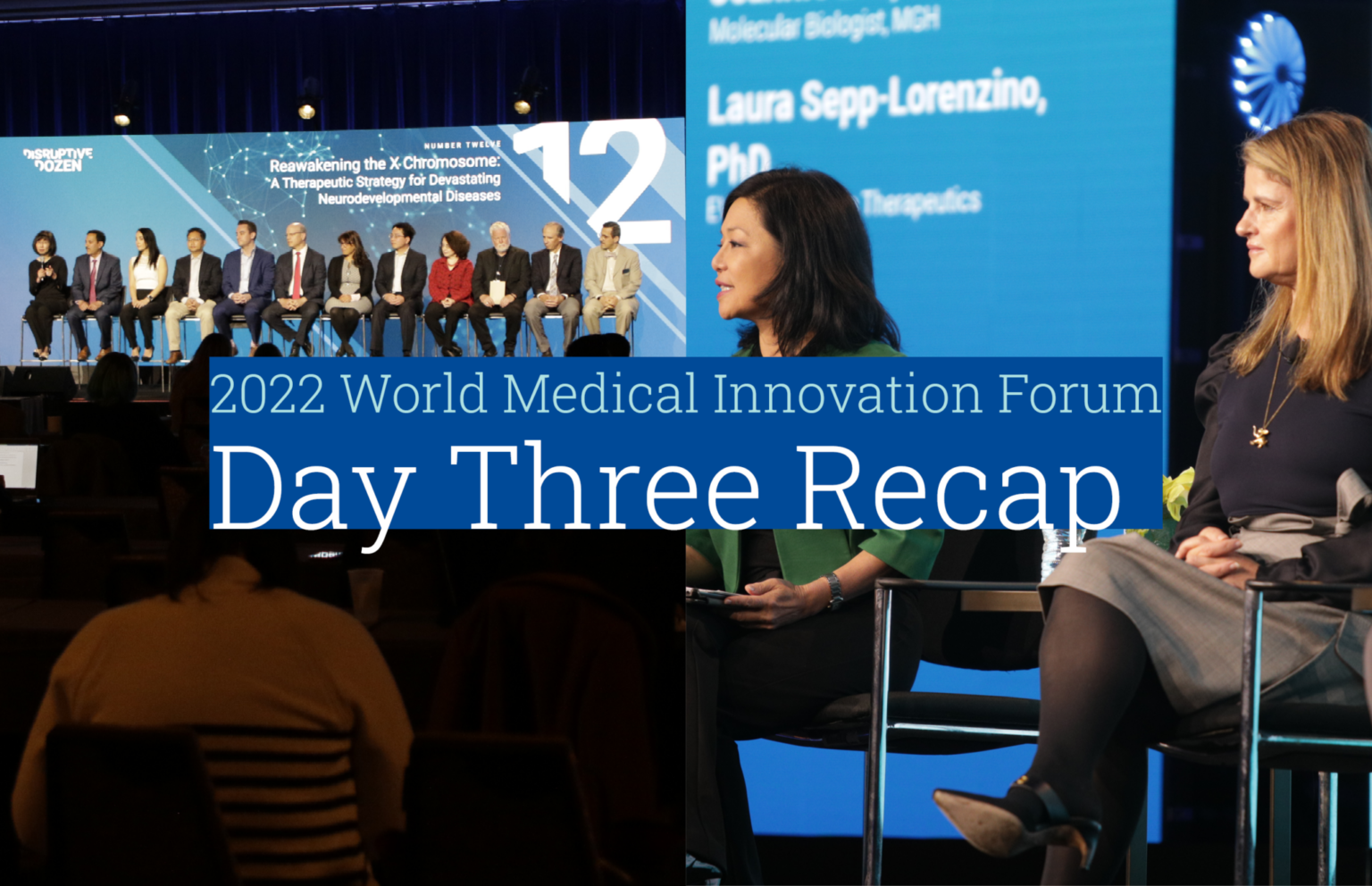WMIF MAIN SITE
2025 Event Site
Christina Coughlin, MD, PhD, CEO of CytoImmune, detailed three biological principles her team is factoring into their approach to developing T cell and natural killer (NK) cell therapy treatments for solid tumors. The first two principals, recognizing the tumors and coordinating the timing of the immune response, are intrinsic to NK cells and can be engineered into new therapies, Coughlin said.
The third principle–overcoming resistance in the tumor microenvironment—is where clinical trials for combination therapies comes in, Coughlin said. “There we think about things like reprogramming the myeloid, reprogramming macrophages, flipping the metabolism, cytokine milieu—really flipping the tumor microenvironment and allowing the effector cells to penetrate those solid tumors.”
Nick Leschly, CEO of 2seventy bio, also highlighted the importance of a combined approach. “We’re going to try to focus in on deep autologous therapy,” Leschly said. “We believe it works, we believe we can make it better, and we believe we can make it better by layering technologies together from all walks of life in different ways. And then trying to partner with others to attack cancer in a more fundamental way.”
Watch The Cell Therapy Landscape | CAR-T to Stem Cells
In a panel discussion highlighting the potential to expand GCT to other disease areas, some of the common challenges included ensuring effective delivery to the correct cells and scaling up manufacturing to treat patients with more widespread chronic diseases.
Harith Rajagopalan, MD, PhD, CEO & Co-Founder of Fractyl Health, said his company has promising new gene therapy treatment for type 2 diabetes. “Our preclinical studies thus far suggest that long term remission from type 2 diabetes is achievable,” Rajagopalan said. “The core question is how do you develop a durable remission for a million people a year if you want to keep up with the incidence of type 2 diabetes in the population?”
The challenges of scale were echoed by Bastiano Sanna, PhD, EVP, Chief, Cell & Gene Therapies and VCGT Site Head for Vertex, which has treatments in development for sickle cell anemia, type 1 diabetes and Duchenne muscular dystrophy.
Sanna noted that are 2.5 million patients with type 1 diabetes across the globe. “One of the things that keeps me up at night is how do we scale up?” he said. “How do we create a technology that is robust enough to make really large amounts of these products? Because we definitely want to address the needs of those patients.”
Watch Disrupting Interventions
One of the final panel discussions Wednesday focused on how biopharma companies are working to address the safety issues posed by gene and cell therapies.
In the oncology setting, the challenges with cell therapies include immune activation and off target-effects, which can be particularly acute in solid tumors, said Rick Fair, President & CEO of Bellicum.
Tocilizumab and cortical steroids have become the standard of care to help patients mitigate these side effects, Fair said, adding that there may be ways to further reduce side effects through new combination treatments or algorithms that improve treatment timing. Treatments can also be improved by moving from single antigen targeting to dual targeting or logic-gated targeting, and by adding molecular switches that can turned on and off as needed to increase efficacy and mitigate toxicity, Fair said.
The safety issues emerging in gene therapy tend to be related to the dosage amount, said Alexandria Forbes, PhD, President & CEO, MeiraGTx. “The dose [needed for effective treatment] is pushing up against a dose of virus that is alerting the body to its presence, which has a negative effect.”
To mitigate this, MeriaGTx is working to develop more potent viral vectors that can deliver the same level of treatment in smaller numbers, Forbes said. “We have many platforms for designing, developing and discovering promoters, and enhancers and regulatory elements that will drive appropriate levels of expression in the right cells at the right place.”
Watch Gene and Cell Therapy Safety | Enduring Framework Required
Beginning and ending with science, the World Forum’s final session announced the top 12 emerging gene and cell therapy technologies with the greatest potential to impact health care in the next several years. The “Disruptive Dozen” results from interviews of 50 Mass General Brigham senior Harvard faculty followed by a rigorous selection process to identify the 12 most likely to have significant impact on patient care in the next few years. This year the breakthroughs range from restoration of sight and increasing the supply of donor organs, to treating brain cancer, hearing loss, and autoimmune diseases.
Links to the Disruptive Dozen press release, videos and panel session recording can be found on our 2022 Forum page.
